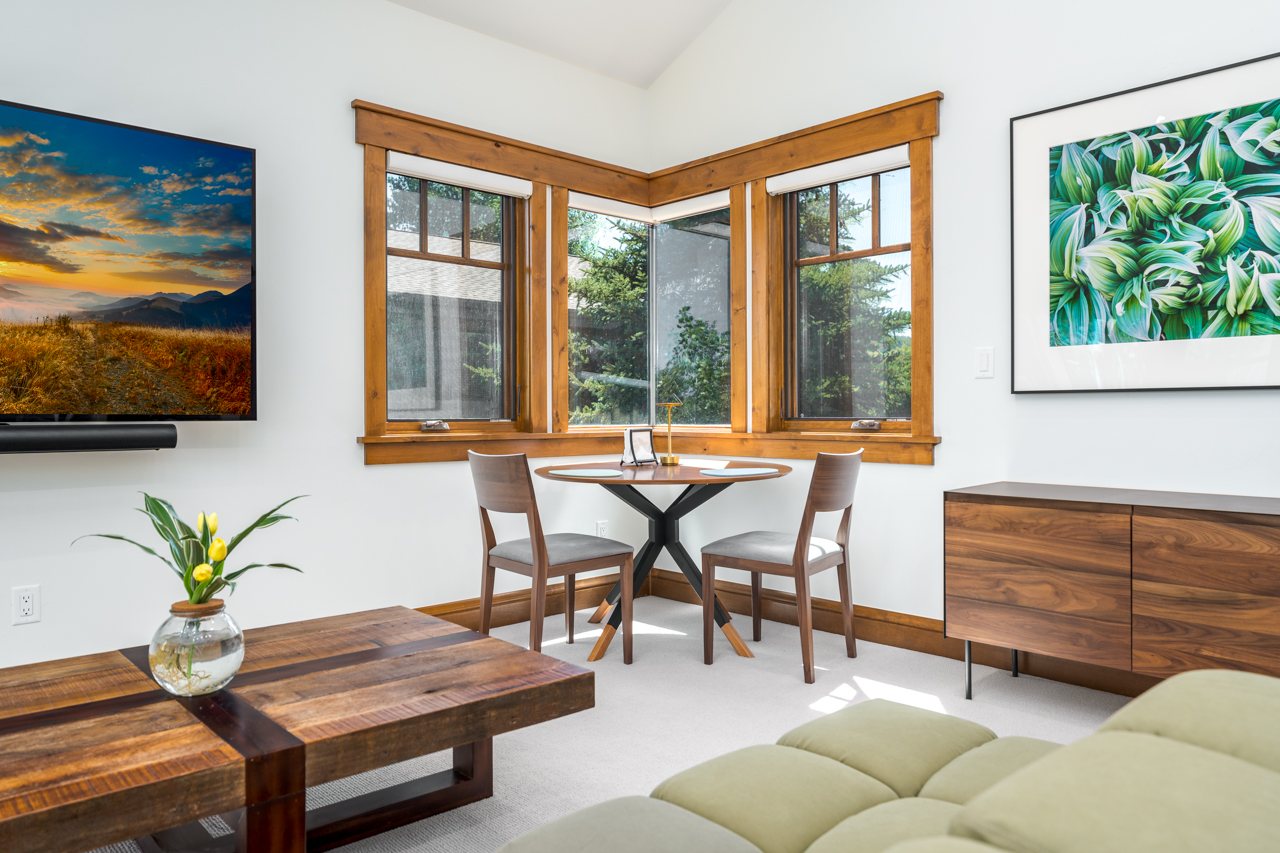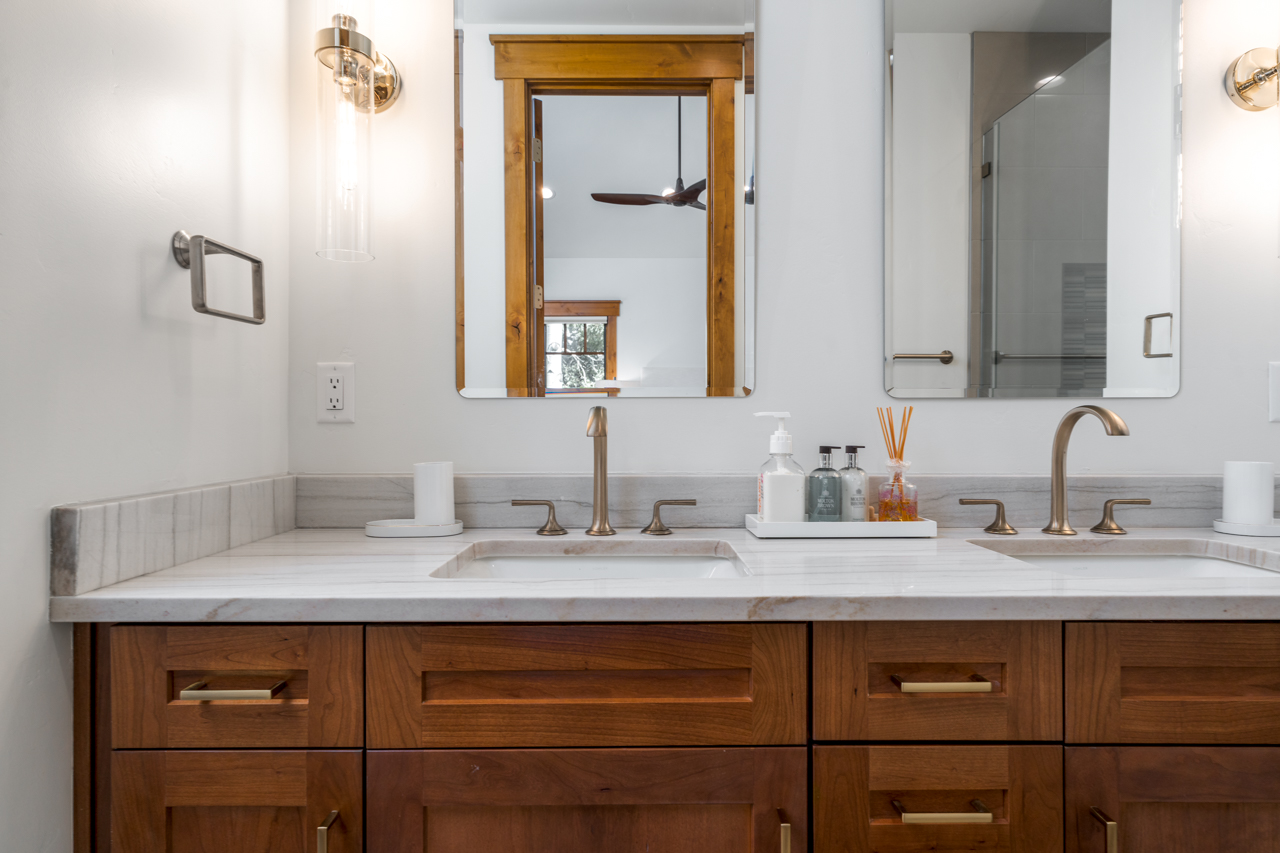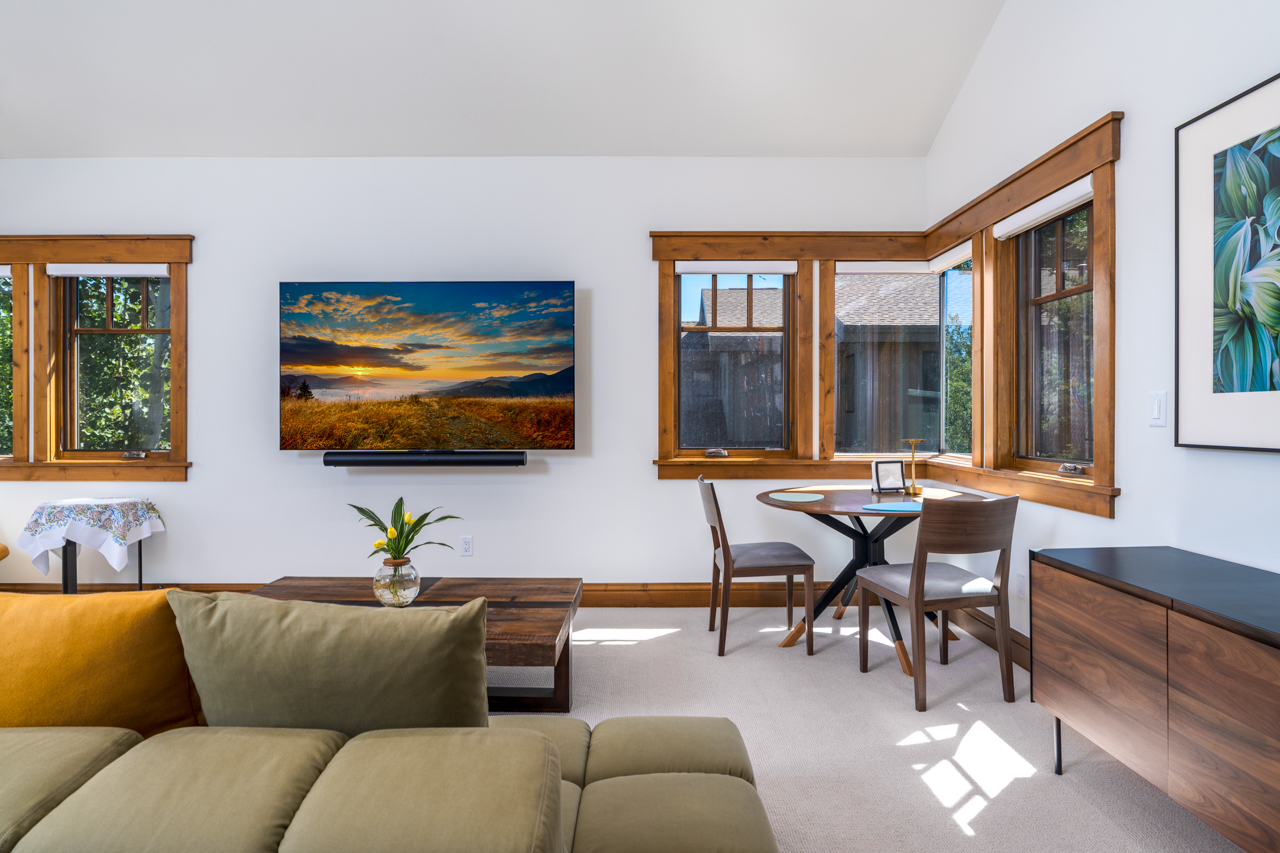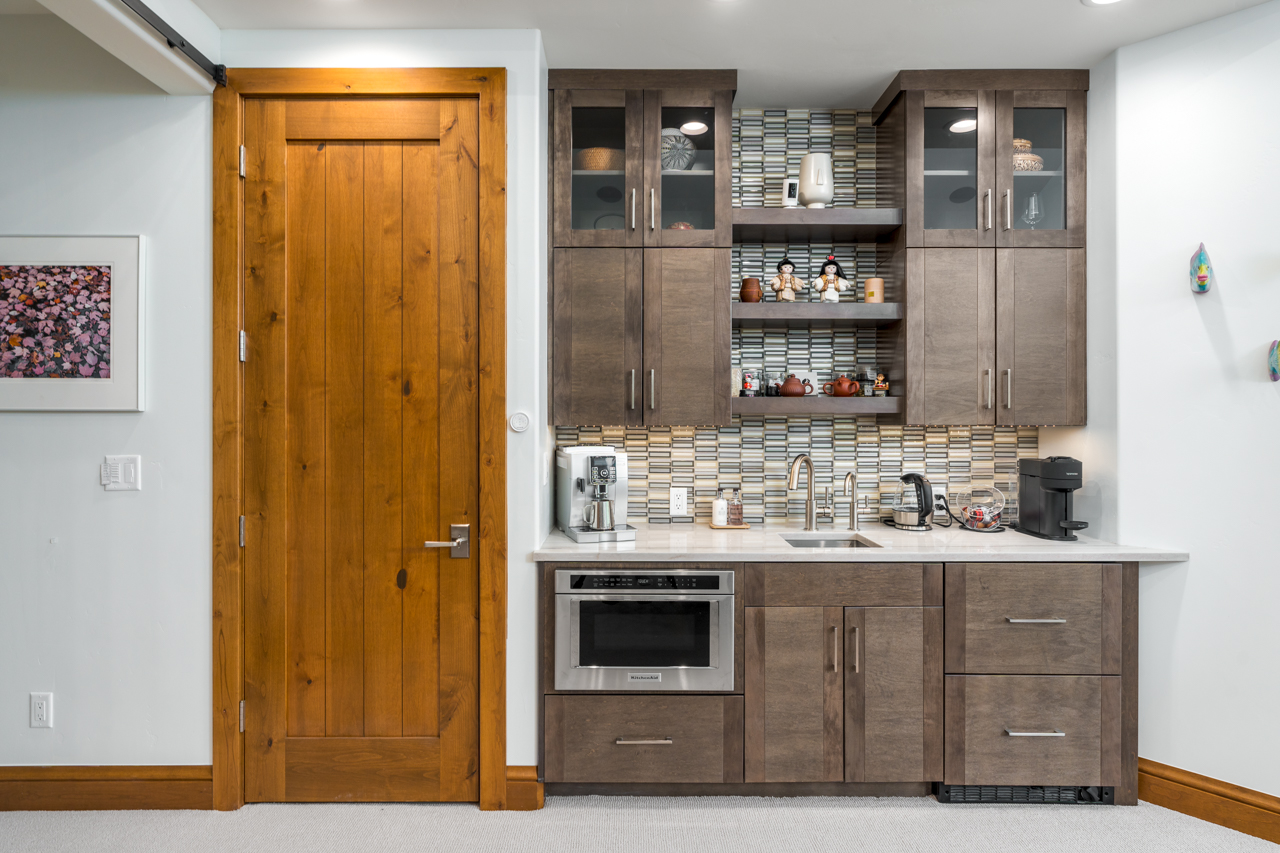
Blending Real Estate & Architectural Photography Methods For Luxury Real Estate Markets
Are you missing potential clients because your property photography isn't meeting luxury standards? It's time to reconsider what 'high-quality' real estate photography means. You only get one chance to make a first impression in luxury real estate. High-net-worth buyers expect visually captivating listings. So, should you invest in a $4,000 architectural photography session or opt for a 'premium' real estate package from a local provider? Let’s explore both options.
Understanding the Purpose and Audience
Architectural Photography: This type of photography focuses on the architect's vision, highlighting design elements, structures, and aesthetics that define a building. The images cater to architects, builders, designers, and publications, transforming designs into compelling visual narratives. Photographers focus on angles, lighting, and composition to convey both the physical and artistic elements of a building.
"Architectural photography is an art form that interprets the architect's vision, translating three-dimensional designs into compelling two-dimensional images." — Julia Anna Gospodarou
Real Estate Photography: On the other hand, real estate photography showcases properties in a way that appeals to buyers and renters. The goal is to present space and charm, making properties feel inviting. Real estate photographers capture key areas like kitchens and outdoor spaces to help potential buyers visualize living there.
"In real estate photography, our job is to make the property look inviting and spacious, encouraging viewers to imagine themselves living there." — Nathan Cool
Equipment and Technical Considerations
Architectural Photography: These photographers use high-end equipment, such as high-megapixel cameras and varied focal lengths, to capture intricate design details. The process is meticulous and can take days, as lighting and angles must be perfect. Post-processing is crucial for ensuring the final image aligns with the architect's vision.
Real Estate Photography: Real estate photographers typically use a single camera with an ultra-wide lens to capture the entire space quickly. Efficiency is key since shoots are faster and often more frequent, allowing photographers to move swiftly from one property to another.
“Luxury buyers want more than just photos; they want a story.” — Samantha DeBianchi, Real Estate Expert.
Artistic Approach and Techniques
Architectural Photography: This approach emphasizes lighting, shapes, and textures, carefully composing each shot to create a balanced and harmonious image. Photographers stage furniture and décor to align with architectural themes, crafting an artistic narrative.
Real Estate Photography: Real estate photography is more focused on space. Wide-angle lenses help make rooms appear larger, and strategic angles emphasize the home's flow, helping potential buyers visualize the property.
“The difference between good and great real estate photography is lighting.” — Scott Hargis, Real Estate Photographer.

Time Investment and Workflow
Architectural Photography: These sessions require extensive planning, especially for lighting. Photographers may spend hours or even days waiting for the perfect shot, sometimes needing to revisit sites for optimal conditions.
Real Estate Photography: Sessions are quick, often lasting less than two hours. While flash photography adds time to the setup, it can significantly improve the quality of the images by enhancing lighting, color, and sharpness.
Post-Processing
Architectural Photography: Post-production is an art form that uses color correction and blending techniques to ensure the final product meets the architect's vision. Architectural photographers maintain full creative control to highlight a space's unique features.
Real Estate Photography: Efficiency drives real estate photography, with many opting to outsource editing and use HDR templates to save time. However, flash photography reduces the need for extensive editing and aligns with the high standards of luxury markets.

Navigating Market Trends and Expectations
The line between architectural and real estate photography is blurred in luxury real estate. High-net-worth buyers demand premium content that combines artistic sophistication with practical utility. These buyers want more than basic HDR photos; they expect a visual narrative highlighting design, lifestyle, and exclusivity. For luxury properties, photographers skilled in both styles are essential for delivering images that resonate with discerning clientele and enhance a property's appeal.
Conclusion
Understanding architectural and real estate photography differences is vital for luxury real estate agents. Architectural photography captures intricate design details with professional equipment and lighting, while real estate photography efficiently markets homes by showcasing space and key features. At Summit Media, we offer packages that blend both styles to meet the needs of agents, builders, and investors.
Contact us today to discuss your unique media needs. Let us tailor a solution to help you grow your luxury real estate business. Whether you're marketing a $500,000 home or a $15 million estate, we have a product for you.
Call/ Text: (435) 901-3228
Email: michael@summit.media
Location: Salt Lake City, UT



